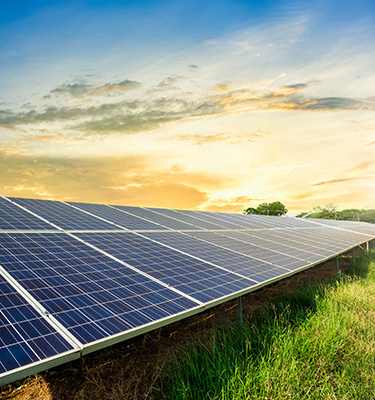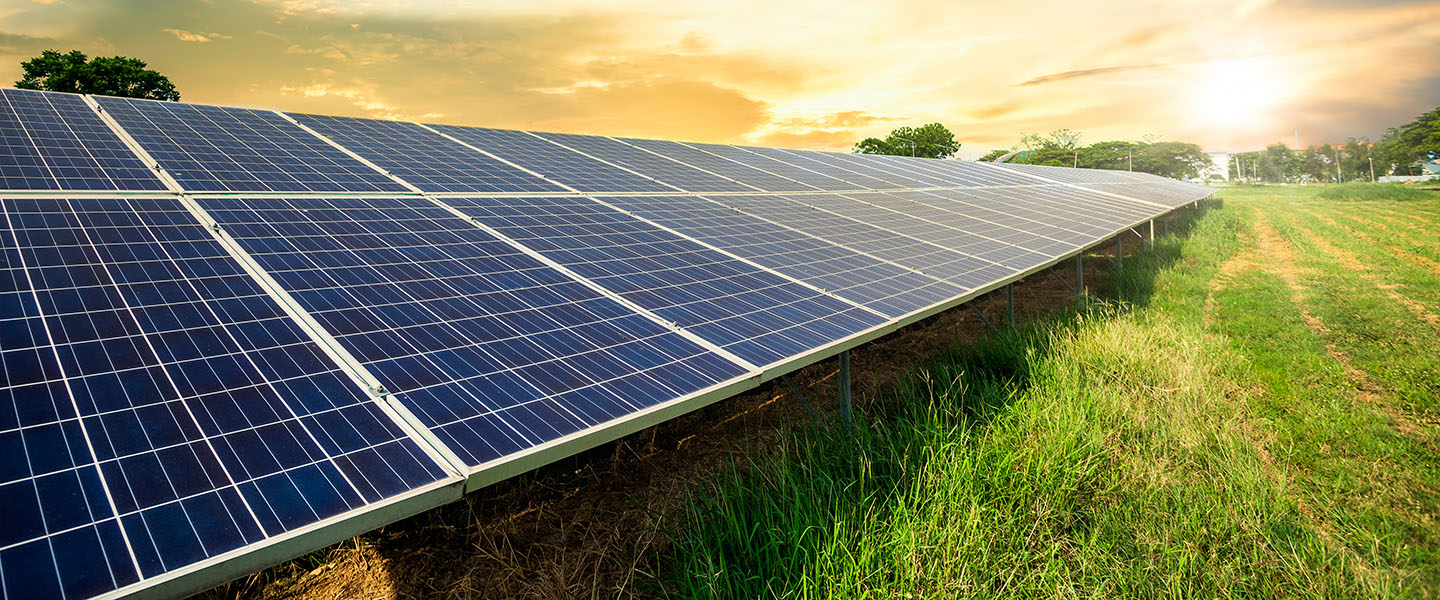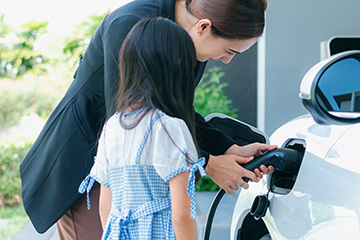Across Southeast Asia, energy demand has risen by about 3 per cent a year in the last two decades. While this can be attributed to growing economies in the region, macroeconomic uncertainty has also led to energy security vulnerability – or the potential lack of natural resources for energy consumption.
In 2022, at the 7th ASEAN Energy Outlook meeting, it was forecasted that energy needs by 2050 would be tripled compared with 2020 levels, and this will prompt a shift from fossil fuels to renewables, notably solar and wind.
This shift not only aligns with the region's ambition to enhance energy security—ensuring reliable, affordable, and sustainable energy—but also reflects member states’ commitment to achieving emissions targets and fostering a sustainable future.
A bright opportunity
Solar energy stands out as one of the most reliable and promising forms of renewable energy. It is sustainable and just about inexhaustible. This energy can be harnessed in several ways, including photovoltaic (PV) technologies—often referred to as solar panels—which directly convert sunlight into electricity.
Alternatively, concentrated solar-thermal power (CSP) systems use mirrors to concentrate sunlight onto a receiver, generating intense heat that propels turbines for electricity production.
The effectiveness of these systems depends on solar irradiation levels which measure the intensity of sunlight. Positioned near the equator, Southeast Asia’s solar irradiance levels was up 10 per cent in 2023, highlighting the region’s potential for solar energy advancement.
Turning potential into regional power
Southeast Asia’s total solar and wind energy generation have surged from 4.2 terawatt-hours (TWh) in 2015 to over 50 TWh in 2022. To put this into perspective, just 1 TWh could power about 10 billion 100-watt lightbulbs simultaneously.
Looking ahead, ASEAN leaders have set ambitious goals for the region’s energy future. At the 43rd ASEAN Summit last year, member states committed to achieve 23 per cent renewable energy share in the region’s total energy mix, as well as 35 per cent renewable energy share in installed power capacity – both by 2025.
At the heart of ASEAN’s energy blueprint lies the ASEAN Plan of Action for Energy Cooperation (APAEC), an integral component of the ASEAN Economic Community Blueprint 2025. The strategic roadmap provides a structured framework for bolstering collaboration in renewable energy endeavours.
Furthermore, ASEAN's solar energy targets are also enabled by strategic partnerships and foreign investments. Through collaborations with global players, the region aims to leverage both expertise and resources, fostering a conducive environment for solar energy development across borders.
Improving infrastructure
As the region gears up for a greener future, nations have raised the bar for climate action. With seven in 10 ASEAN countries shifting to carbon taxation, decarbonisation remains a core focus for many.
In Thailand, the Alternative Energy Development Plan sets targets for solar energy production, alongside a net-metering scheme to encourage solar adoption.
Vietnam’s Power Development Plan 8 (PDP8), on the other hand, aims to boost solar capacity to 34 per cent of the 500 gigawatt (GW) installed capacity. There are also plans to equip half of the country's offices and residential buildings with rooftop solar panels by 2030, buoyed by feed-in tariff schemes and net metering regulations.
The SolarNova programme in Singapore focuses on deploying solar panels on public buildings, aligning seamlessly with the HDB Green Towns plan – a 10-year programme designed to render public housing blocks more sustainable and liveable.
Indonesia has also made waves with the recent unveiling of Southeast Asia’s largest floating solar farm, poised to generate 245 GW-hours of electricity annually – enough to power 50,000 homes. Initiatives such as the Just Energy Transition Partnership (JETP) calls for policy reforms to escalate solar capacity from 0.1 GW in 2022 to 29.3 GW by 2030.
In Malaysia, the introduction of the Net Energy Metering and tax allowances serve as catalysts for solar PV installation, while government-led tariff adjustments further propel the adoption of solar energy. These concerted efforts show how solar energy is set to be a mainstay in ASEAN’s energy mix for decades to come.
Solar financing for businesses
As regulators impose climate reporting requirements on more companies, SMEs are increasingly being pressured to track, measure and reduce both their direct and indirect carbon emissions. Whilst not all businesses have the option of moving to renewables, where feasible, it is a step in the right direction. By installing solar PV panels, businesses can potentially reduce their carbon footprint and operational expenses in the long run, especially in view of rising energy costs.
According to the UOB Business Outlook Study 2024, there is a disconnect among businesses on the importance of sustainability and actual adoption. Some adoption challenges include profit impact and a lack of expertise, but financial measures such as tax incentives and sustainable financing are considered crucial.
For businesses embarking on their solar journey, UOB’s U-Solar Programme offers flexible financing solutions and streamlines the transition to solar power, covering the entire process from initial assessment to installation and maintenance. The Samwoh Smart Hub, Singapore's first positive-energy industrial building, is a testament to UOB's commitment to supporting our clients’ sustainability goals.
Find out more about our sustainable financing solutions.
This article shall not be copied or relied upon by any person for whatever purpose. This article is given on a general basis without obligation and is strictly for information only. The information contained in this article is based on certain assumptions, information and conditions available as at the date of the article and may be subject to change at any time without notice. You should consult your own professional advisers about the issues discussed in this article. Nothing in this article constitutes accounting, legal, regulatory, tax or other advice. This article is not intended as an offer, recommendation, solicitation, or advice to purchase or sell any investment product, securities or instruments. Although reasonable care has been taken to ensure the accuracy and objectivity of the information contained in this article, UOB and its employees make no representation or warranty, whether express or implied, as to its accuracy, completeness and objectivity and accept no responsibility or liability for any error, inaccuracy, omission or any consequence or any loss or damage howsoever suffered by any person arising from any reliance on the views expressed and the information in this article.









